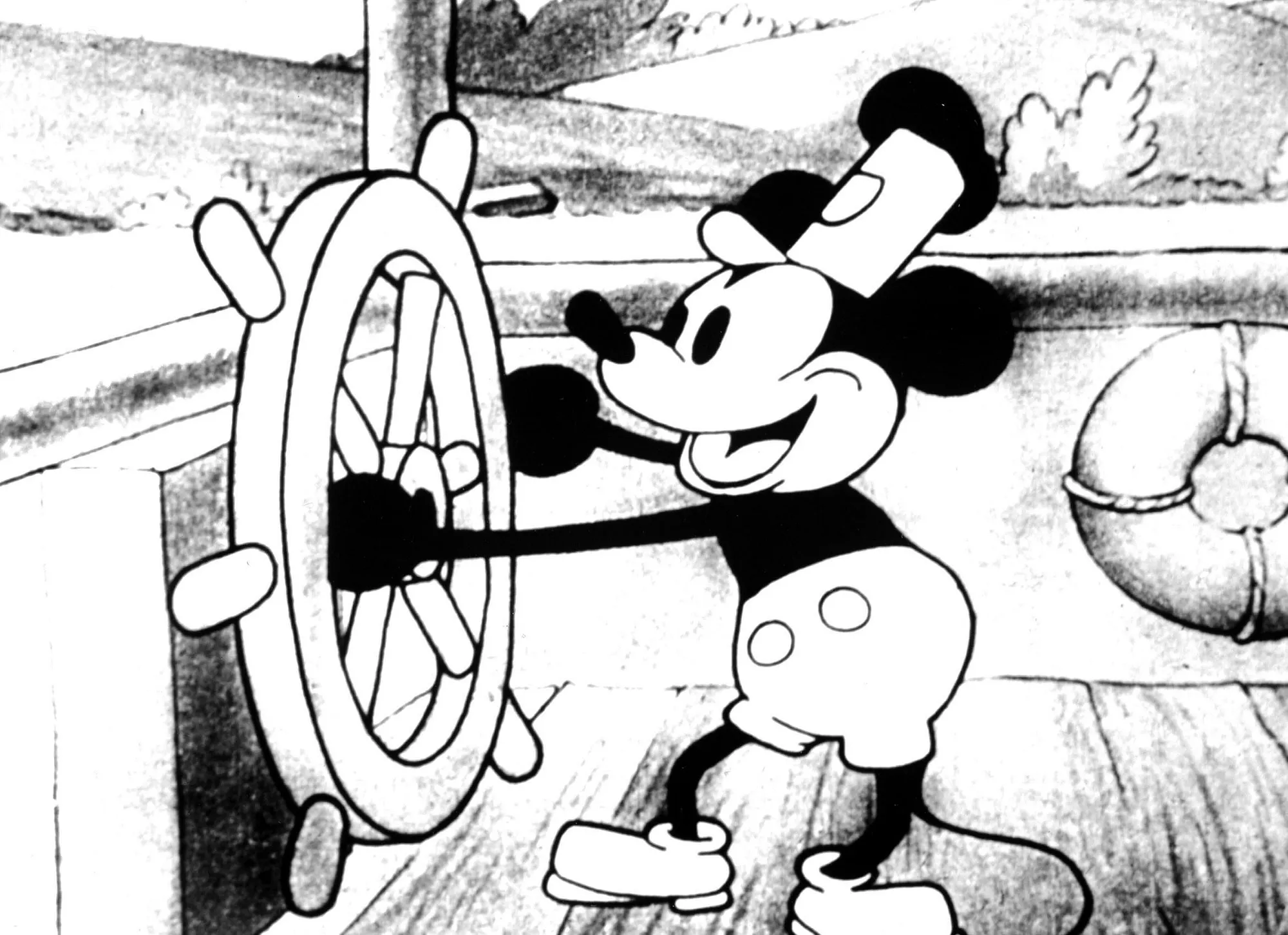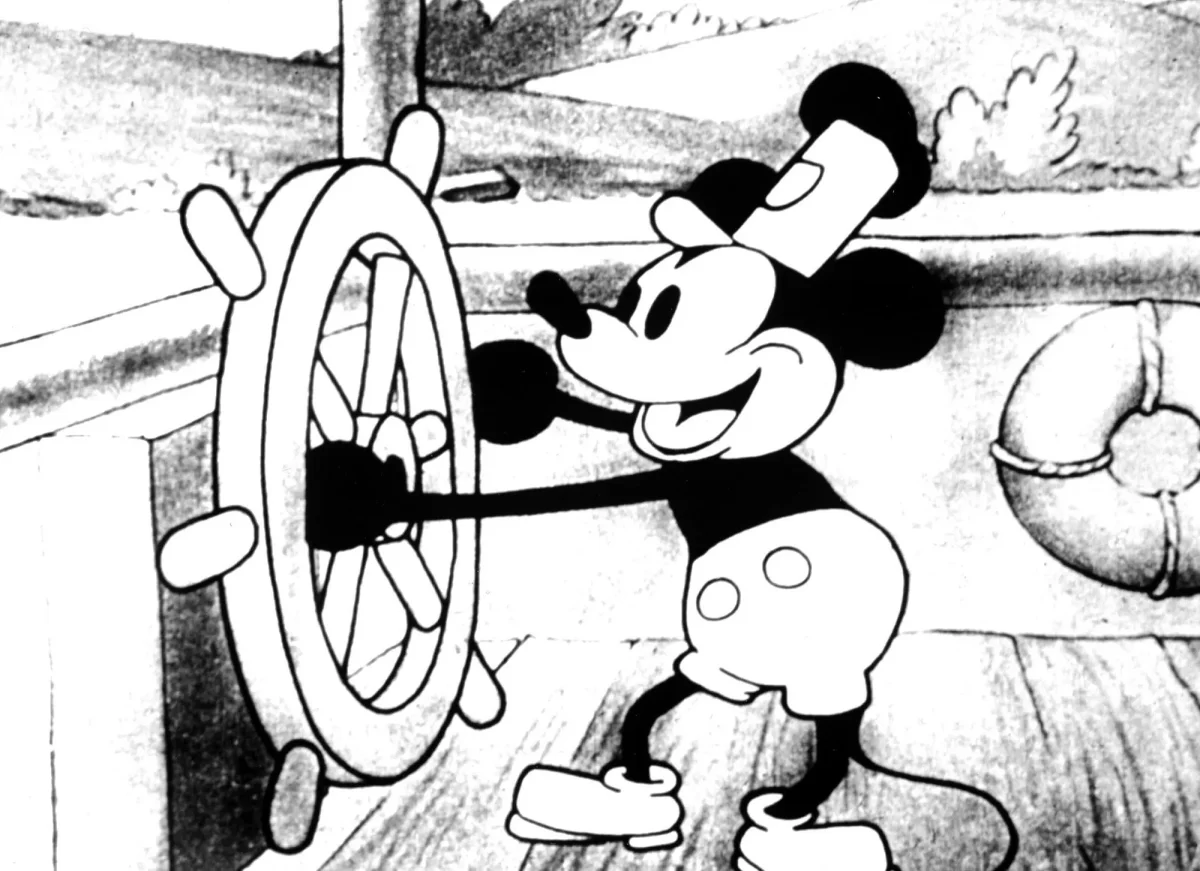Last Updated on August 31, 2023 by David
Guest Post: Kaylene Eckels, VP of Global Operations at Etech Global Services

Customer support is more than an element of business operation. It is a bridge, a critical connector between consumers and sellers of a product or service. With an increasing need for automation, it can be tempting to divert all of your customer requests to an overfilled queue that generates noticeably canned answers. This weak attempt at processing requests and offering “personal” assistance can have debilitating side effects and hamper business success and growth. Fortunately, there are effective ways to combat this problem without relinquishing all of the benefits and conveniences of using automation. Here, we will take a closer look at automation’s strengths to better understand how to leverage them and benefit from them for optimal results. We will then discuss what components to systemize and how to incorporate effective automation practices into your organization.
Automation is Unique and Valuable
In a highly social world, with thousands of users buzzing around the virtual market on any given day, it is impossible to physically address the demanding and unique needs of each customer. While humans are integral to effective communication that resolves problems and creates solutions, they aren’t able to respond individually to every single request that enters the queue. This is where automation can expedite communication by beginning the process of transmitting data to elicit a real time conversation with the user who needs help.
Customer service that has been automated correctly, provides an astonishing list of benefits that can utilize instantaneous communication to retain consumers, satisfy their needs, and encourage return business. Here are some of automation’s advantages:
It helps direct an issue to the right party:
We all know how frustrating it is to try relentlessly to contact a support representative only to reach a dead end. A dead end can come in the form of voicemail recordings, broken links, and even outdated contact information. Automation allows organizations to create a pathway for communication to follow, to ensure that one of two things happen. First, the inquirer gets put into contact with a knowledgeable professional who can correct the issue, or second, the inquirer is provided with thorough data to navigate an issue by himself.
It supports customer retention and builds your reputation:
Despite all of the latest marketing advances, word-of-mouth sharing is still one of the most effective methods of gaining new business. With an automated system for providing solutions to your consumers, you have an incredible opportunity to retain customers, encourage them to recommend your product or service, and build your reputation as a caring and loyal provider.
Proactively connect users with solutions:
What better way to solve a problem than to prepare for it before it actually occurs? Automation allows companies to prepare thorough responses that run users through solution pathways. This creates an efficient database for anyone to access so you don’t have to respond to the same kinds of inquiries over and over again.
Relieve your HR of some pressure:
Chances are, your human resource department will take the brunt of customer complaints, questions, and requests when operating solely on a human correspondence. With the help of systemized communication, you can still respond timely and effectively to your customers without barraging your HR department with repetitive issues.
Expedite solution processes:
We all know that customers are the lifeline of any organization’s success. Because this is fact, it is critical that you respond to, solve, and follow up with customers immediately following a complaint or verbalized issue. Systemization allows you to do this much faster than requiring a user to follow a chain of human communication that could get unintentionally cut off at some point.
The Correct Perspective of Automation
As with most things in life, there are right and wrong reasons to invest in an automation system for your company. You should never implement systemization with the intention of avoiding having to address and deal with customers, cut back on customer resource expenses, or to simply make your job a whole lot easier. Did you know that 86% of customers are willing to pay a premium price just to have access to quality customer service and support? This means your organization can quickly be overlooked and brushed under the rug if the service you provide is lackluster or robotic.
On the contrary, your intention should be to incorporate automation into select components of your service process to strengthen and support the existing method. It should be carefully leveraged to guide users through a process where they ultimately need to work exclusively with a human. Once this point is reached, systemization is halted and customer service professionals take over. It is crucial to remember that systemization varies from company to company. Certain methods, points of input, and processes should be modified to meet the unique needs of your customers and the organizational structure of your business. In short, automation can be utilized to start a conversation where a consumer may otherwise just give up on finding a solution. With automated processes, you can better focus on maintaining relationships.
When to Use Automation
Automation can be used extensively to expedite communication and enhance the customer experience. Understanding when to implement systemized communication is crucial to have an effective result. Here are some conditions where systemization is advantageous:
- Notify human support of users who have revisited your help documentation repeatedly
- Breakdown new user data to direct new customers towards continual interest and loyalty
- Dispense valuable support resources that are commonly sought
- Prioritize notifications to better serve customers who have urgent requests
- Build an on-boarding sequence that can detect differences in user needs and inquiries
- Follow up with customers who were recipients of previous communication
- Improve your company’s NPS scores and encourage brand loyalty
How to Get Started
Sometimes the hardest part of reinventing processes and introducing strengthening components, is simply doing it. Begin by creating a list of outcomes for a new consumer, both positive and negative. Brainstorm how automation can reduce the occurrence of such triggers and continue this list for every stage within the customer lifecycle. Begin implementation with the right intentions and the resolve to provide the best customer service and support to your deserving customers. Work hard to strengthen consumer relationships by using automation as a facilitator throughout the process of communication.
About the Author
Kaylene Eckels, Vice President — Global Operations, has been with Etech Global Services since December of 2006. As a Vice President, Kaylene is responsible for ensuring Etech understands, meets and exceeds customer expectations through building Trusted Advisor relationships and investing in and developing her team. Kaylene successfully led several initiatives to streamline customer service and data acquisition functions for the U.S. and Canada and led a team responsible for ensuring key quality metrics were achieved.
Interested in what else we have to say? Make sure to recommend this article by clicking the heart and follow us for more stories about startup life, customer service, and tips on treating customers right.
You can also find our multi-brand, multi-channel customer service platform at https://www.reamaze.com. Follow @reamaze.

